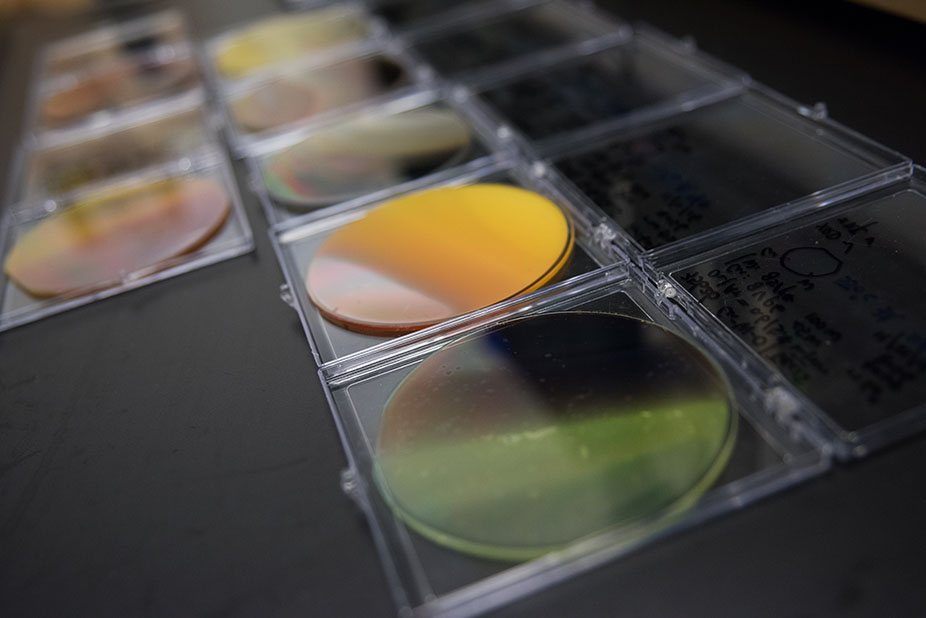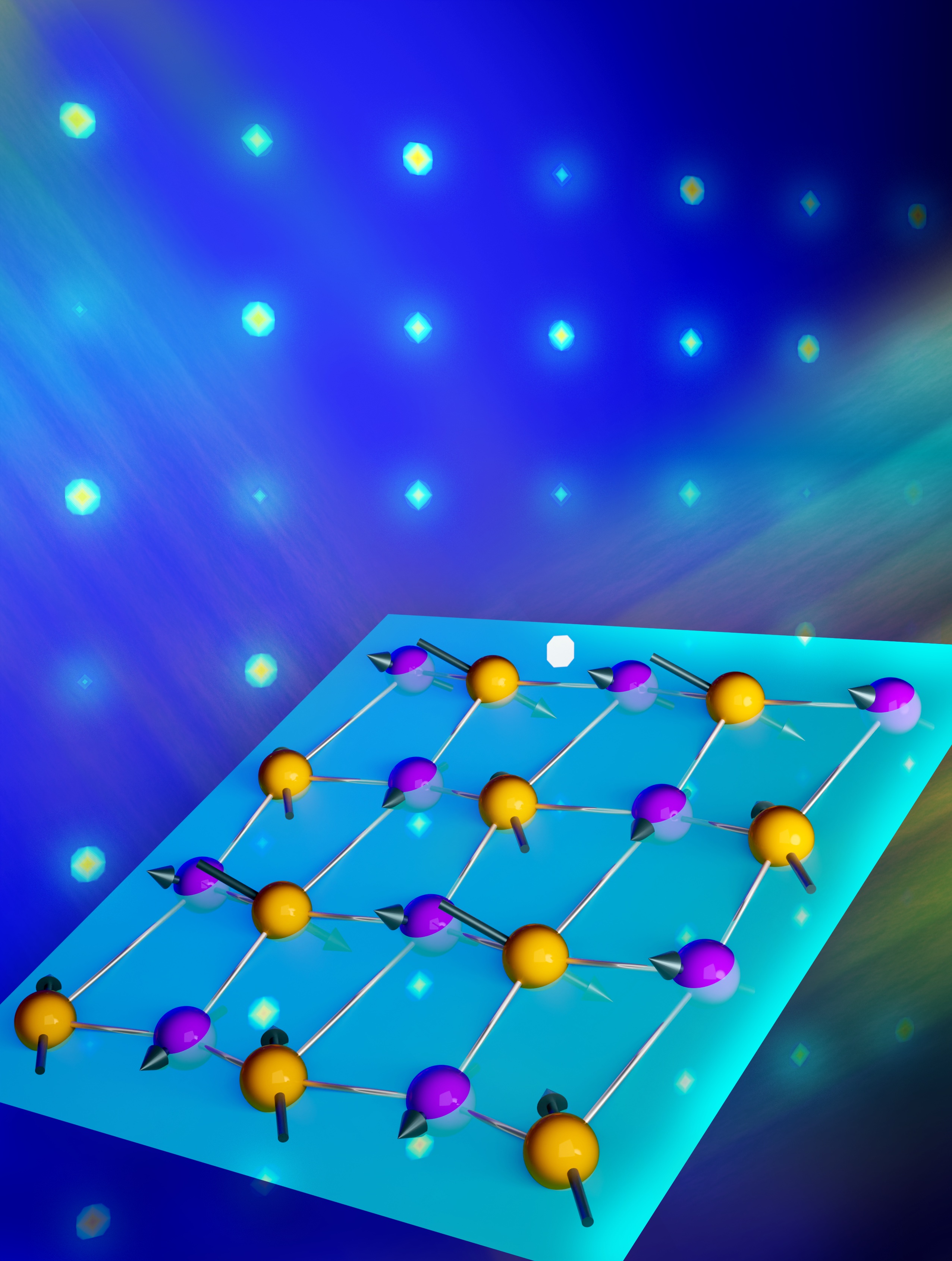Speeding Materials Discovery Puts Solar Fuels on the Fast Track to Commercial Viability
New materials could turn water into the fuel of the future.

The Science
Solar fuels, a goal of clean-energy research, are created using only sunlight, water, and carbon dioxide. Different solar fuels can be produced, including hydrogen. In just two years, a process that was developed by Molecular Foundry staff and users has nearly doubled the number of materials with the potential for using sunlight to produce fuel.
The Impact
To create practical solar fuels, scientists are trying to develop low-cost and efficient materials that perform the necessary chemistry using only visible light as an energy source. The team’s approach promises to speed the discovery of materials for the commercially viable generation of solar fuels. These fuels could replace coal, oil, and other fossil fuels.
Summary
Pure hydrogen is highly flammable, making it an ideal fuel. If you could find a way to extract that hydrogen from water using sunlight, then, you would have a plentiful and renewable energy source. The problem, however, is that water molecules do not simply break down when sunlight shines on them—if they did, the oceans would not cover three-fourths of the planet. Instead, they need a little help from a solar-powered catalyst. Over the past four decades, researchers identified only 16 of these solar-powered catalysts, or “photoanodes” that create electrons when light shines on them. Now, using a new high-throughput method of identifying new materials, a team of researchers has found 12 promising new photoanode materials. Previous materials discovery processes relied on cumbersome testing of individual compounds to assess their potential for use in specific applications. Instead, the scientists combined computational and experimental approaches by first mining a materials database for potentially useful compounds, and then rapidly testing the most promising candidates using high-throughput experimentation. Computational resources at the National Energy Research Scientific Computing Center (NERSC) performed hundreds of comprehensive high-throughput theoretical calculations, and software and expertise at the Molecular Foundry enabled the scientists to analyze and understand the most promising candidates. The new method was developed through a partnership between the Joint Center for Artificial Photosynthesis (JCAP) and Berkeley Lab’s Materials Project.
Contact
Jeffrey B. Neaton
Molecular Foundry, Berkeley Lab
jbneaton@berkeley.edu
Funding
Computational work was supported by the Materials Project Predictive Modeling Center through the U.S. Department of Energy (DOE), Office of Science, Office of Basic Energy Sciences, Materials Sciences and Engineering Division, under contract DE-AC02-05CH11231. Experimental work was performed by the Joint Center for Artificial Photosynthesis, a DOE Energy Innovation Hub, supported through the DOE Office of Science (award DE-SC0004993). Work at the Molecular Foundry was supported by the DOE Office of Science, Office of Basic Energy Sciences under contract DE-AC02-05CH11231. Computational resources were also provided by the DOE through the National Energy Research Scientific Computing Center, a DOE Office of Science user facility supported by the DOE Office of Science under contract DE-AC02-05CH11231.
Publications
Q. Yan, J. Yu, S.K. Suram, L. Zhou, A. Shinde, P.F. Newhouse, W. Chen, G. Li, K.A. Persson, J.M. Gregoire, and J.B. Neaton, “Solar fuels photoanode materials discovery by integrating high-throughput theory and experiment.” Proceedings of the National Academies of Sciences of the United States of America 114(12), 3040-3043(2017). [DOI: 10.1073/pnas.1619940114]
Related Links
Lawrence Berkeley National Laboratory press release: New materials could turn water in the fuel of the future
Highlight Categories
Program: BES , MSE , SUF , Hubs , ASCR
Performer: University , DOE Laboratory , SC User Facilities , ASCR User Facilities , NERSC , BES User Facilities , Foundry



